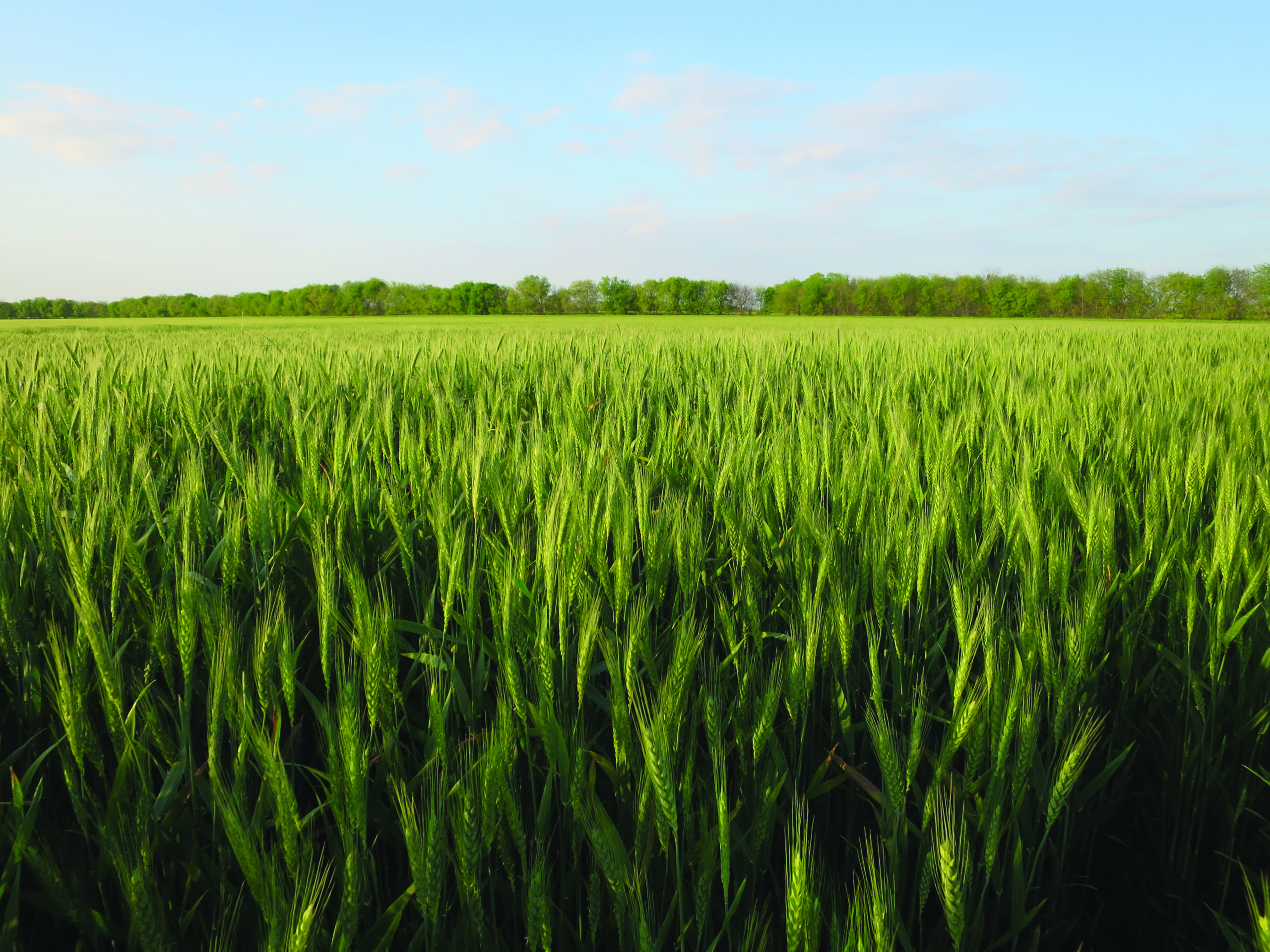By Shelby Shank
Field Editor
Drought has once again put Texas wheat farmers in a tough position, and this year’s conditions are shaping up to be even more challenging than last year.
In 2024, farmers saw conditions improve in March and April, but this year, they are worsening as the wheat crop is breaking dormancy and starting reproductive growth.
A combination of extreme wind conditions from Nebraska to the Rio Grande and a lack of rainfall have left wheat farmers worried about future production.
Across the state, wheat fields vary depending on the moisture received.
In South Texas and the southern Blackland region, wheat that looked strong weeks ago is now showing visible signs of drought stress.
Some areas, like the South Plains and parts of West Central Texas, had a strong start thanks to fall rains. But ongoing dry spells, freezing temperatures in January and February and relentless winds have halted much of that early promise.
Without timely rainfall this spring, many farmers will need to make tough decisions in the coming weeks to either abandon the crop going to grain and leave cattle to graze it or manage the crop as wheatlage.
“My area has been very poor. Wheat did not come to a good stand early. We missed October rains and finally had some in November,” David Melde, a farmer in Hamilton County, said. “Right now, most of the wheat here is less than 12 inches tall. It’s starting to head, but some fields have already been abandoned or grazed out.”
Melde said his average yield this year is expected to be around 20 bushels per acre, far below the typical 35 to 45 bushels he usually sees.
Collin County farmer Ben Scholz is seeing more favorable conditions in North Texas.
“We’ve had adequate moisture, and a lot of the wheat is already tilling or about to head,” Scholz said. “We had adequate dry spells recently to get fertilizer applications on. Last year was tough at harvest, but I’m hopeful we won’t have the same issues again.”
The season-average farm price for 2025 is expected to be $5.50 per bushel, which is below the reference price of $5.56 per bushel. That would generate a very small Price Loss Coverage payment at those levels.
“This wheat price, where it’s at, I don’t think I can make money this next year unless something changes,” Melde said. “I will be switching over more to corn and going less wheat than I have been in the past.”
The Emergency Commodity Assistance Program also is providing up to $10 billion in direct payments to eligible farmers, including $30.69 per acre to those growing wheat, to help mitigate the impacts of increased input costs and falling commodity prices.
Prices could improve for Texas wheat farmers if there is a short crop in other regions, like Oklahoma or Kansas, and internationally.
In addition, Russia, the world’s top wheat exporter, is also facing drought concerns, which could create more demand for U.S. wheat.
Early projections for U.S. crops show little change from 2024 to 2025 as harvest acres and yields are about the same. Supply is expected to remain the same, and with little domestic-use change expected, the export space is important to increase wheat future prices.


Leave A Comment